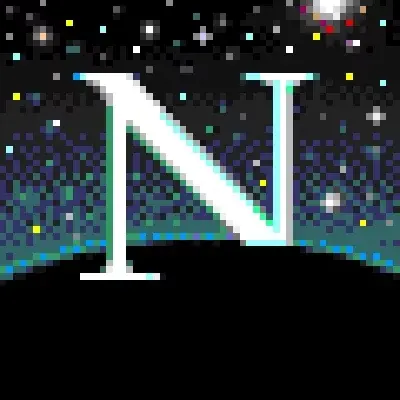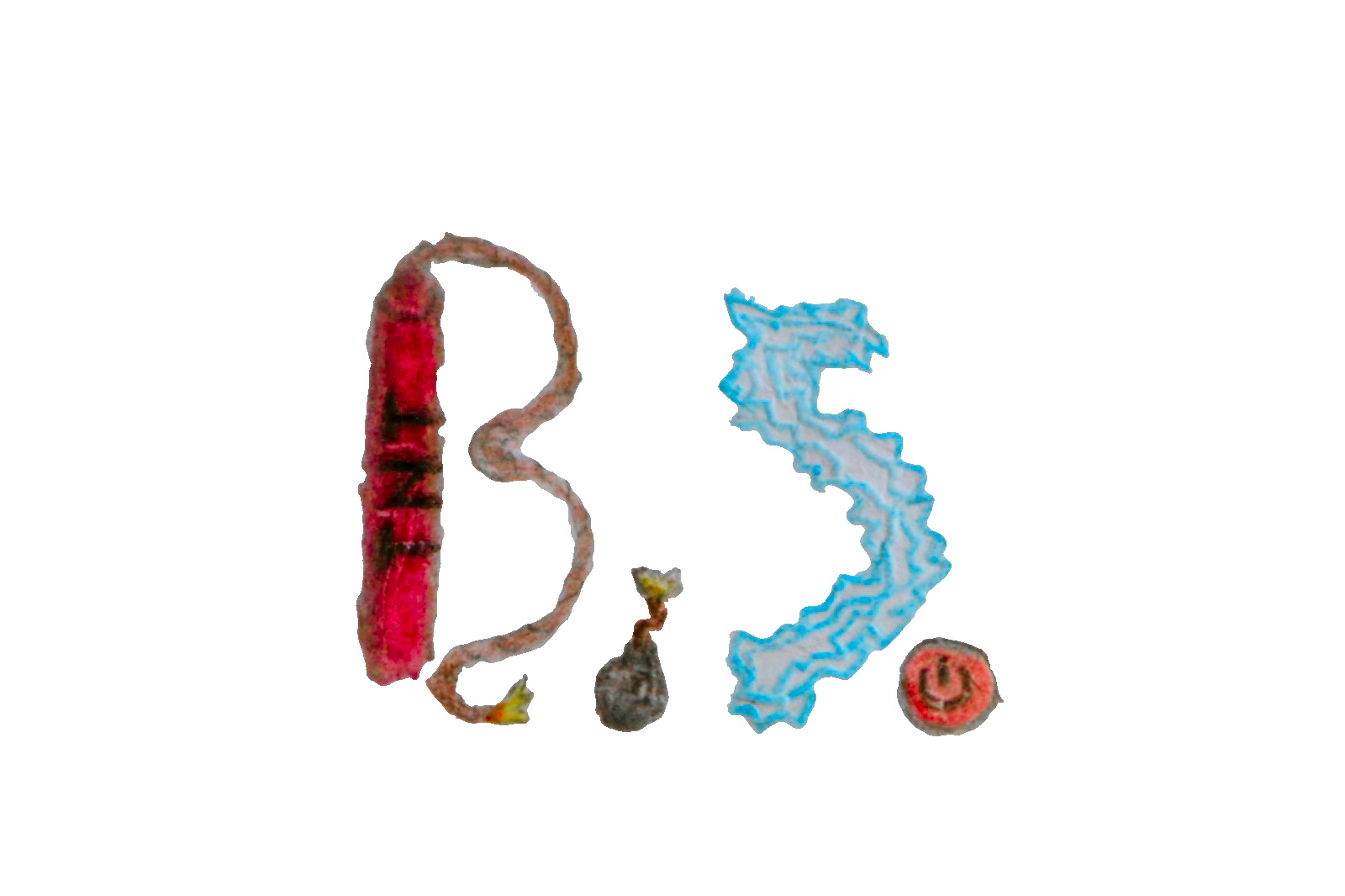Yo linux team, i would love some advice.
I’m pretty mad at windows, 11 keeps getting worse and worse and I pretty done with Bill’s fetishes about bing and ai. Who knows where’s cortana right now…
Anyway, I heard about this new company called Linux and I’m open to try new stuff. I’m a simple guy and just need some basic stuff:
- graphic stuff: affinity, canva, corel, gimp etc… (no adobe anymore, please don’t ask.)
- 3d modelling and render: blender, rhino, cinema, keyshot
- video editing: davinci
- some little coding in Dart/flutter (i use VS code, I don’t know if this is good or bad)
- a working file explorer (can’t believe i have to say this)
- NO FUCKIN ADS
- NO MF STUPID ASS DISGUSTING ADVERTISING
The tricky part is the laptop, a zenbook duo pro (i9-10/rtx2060), with double touch screens.
I tried ubuntu several years ago but since it wasn’t ready for my use i never went into different distros and their differences. Now unfortunately, ready or not, I need to switch.
Edit: the linux-company thing is just for triggering people, sorry I didn’t know it was this effective.
pretty done with Bill’s fetishes about bing and ai.
I agree with all your points, but Bill Gates has no agency on the company’s decisions these days. Blame Satya.
“What you read is not what’s happening in reality. Satya and the entire senior leadership team lean on Gates very significantly. His opinion is sought every time we make a major change.”
No agency you say?
Well, shit!
Thanks for sharing this information! I appreciate the detailed explanation and the effort you put into making it clear. It’s really helpful and will definitely guide me in making an informed decision. If you have more tips qr コード 読み取り pc or insights, feel free to share them. Thanks again!
Gimp and Blender are both available on Linux. VS Code is on Linux (most coding stuff is on Linux). Linux file explorers work pretty well (Dolphin, for example). I’d recommend Kubuntu, KDE neon or Linux Mint for the distro, all are pretty similar in appearance to Windows. It won’t take much learning with them.
https://zorin.com/os/ its an out of the box distro that specifically tries to emulate the windows feel. In particular it has play on linux installed by default making running windows programs when needed as easy as it can be. the out of the box is office type stuff really though so you will have to install blender and such.
I really like Zorin as a beginner’s distro. It’s based on Ubuntu so most everything is designed to work with it without learning a whole new command line tool, but it doesn’t try to hide the Linuxey stuff and mimic windows. On top of that it’s just very polished.
im not really a beginner myself but Im lazy and this point and just want a system up and running asap. if I was not using it I would likely use puppy because I like the read only core.
Good point, perhaps “beginner’s distro” is not the best term because not everyone wants to put a ton of attention into their operating system!
I Will spit out what i think cause this threads are full of words and empty of content… Almost any Linux distro is good for starting out … Make sure it has a nice manual and community Ubuntu, mint debian or something similar… Vs code Is a Microsoft fork of vs codium an open source app, to avoid telemetry just use vs codium… Remove adds can be done in different ways in my opinion add bloock on Firefox is a good start… File explorer are good on any Linux distro just learn how to use one … If u have a document u should probably save it in the document folder… in your user home …
Why is no-one recommending pop-os? Works fine for me in all aspects. They even provide hardware, but that’s not needed, you can just use the OS.
If I’m honest, it’s because Pop!_OS isn’t really that good. What does Pop!_OS do particularly well other than “download this one for Nvidia drivers”?
I’m sure I’ll return to Pop eventually, maybe on the next release, but right now I’m struggling to get everything I want out of it with my hardware.
My biggest point is that it works out of the box and that it feels more premium compared to Ubuntu. It also auto updates nowadays and they build special mechanisms to preserve your battery if used on a laptop. Soon they will come out with their own desktop. They specifically focus on people who develop. Just sounds like a good option for OP. Compared to more difficult installations.
It’s not hard to feel premium compared to Ubuntu these days. Canonical gave up trying to be an end-user desktop OS years ago. Look at their corporate garbagepuke website these days. Ubuntu is now merely the other Red Hat; it’s an enterprise grade thing that normies should ignore.
Mint runs circles around Pop!_OS in the “just works, just keeps working” department.
What are the advantages of Mint then compared to pop os? In what terms does it run circles around pop?
In my experience?
Mint has been around longer and has had more of the lumps smoothed out. Mint, and their flagship DE Cinnamon, has always been about actual usability. There’s a pragmatic streak that runs through Mint that isn’t there in some other distros.
It has been my experience that Mint is usually the one that “just works” and the one that “continues to just work.” Cinnamon’s UI strikes a balance between KDE’s “ALL THE FEATURES! MAXIMUM CLUTTER!” approach and Gnome’s “Nuance doesn’t exist, implement as little functionality as possible so the window stays empty and beautiful” approach. You won’t find yourself asking “why can’t it do this?” the way you do with Gnome-based distros. You don’t have to start installing extensions just to get things that were considered basic features twenty years ago. You aren’t sent to the terminal particularly often, you can genuinely manage most of the system from the GUI.
I would also say that Cinnamon is going to be more familiar to a Windows user than Gnome. Trying to use Gnome the way Windows users are used to handling things, say by minimizing and maximizing windows, is deliberately a pain in the ass on Gnome, and has a tendency to make newcomers think “Man this shit is unusable.” Cinnamon doesn’t have that problem; it’s still fun convincing people that I’m running Windows 9.
For people coming from windows i think linux mint is the best choice.
Gimp, blender and vscode works well on linux
U can code dart/flutter with no problems on vscode on linux, android studio also works fine if you need to export to android.
For file manager i use nemo (default on mint cinnamon).
Other software mentioned i have no idea.
I’d recommend installing kde neon. KDE is a user interface that looks a bit more like windows, it should be an easy transition. KDE Neon runs most of the latest versions, should have the best support whilst being easy to install.
Most of the software you manage should work, for those that might be problematic, you might be able to find alternatives, see alternativeto.net
Re edit: That combined with double touch screens made me think this was all a shit post lol
Just grab yourself some Linux Mint, and try to ignore Arch and Gentoo crowd here.
Half of the apps you mentioned have Linux version right in the system package manager. Davinci has Linux version on their website.
CorelDraw might be a problem, WineHQ lists it’s compatibility for the latest version as garbage, so you will probably need to switch to Inkscape.
Anyway, I heard about this new company called Linux
Pedantic explanation about GNU/Linux is coming in 3… 2… 1…
Here you go ;-)
What you guys are referring to as Linux, is in fact, GNU/Linux, or as I’ve recently taken to calling it, GNU plus Linux. Linux is not an operating system unto itself, but rather another free component of a fully functioning GNU system made useful by the GNU corelibs, shell utilities and vital system components comprising a full OS as defined by POSIX.
Many computer users run a modified version of the GNU system every day, without realizing it. Through a peculiar turn of events, the version of GNU which is widely used today is often called “Linux”, and many of its users are not aware that it is basically the GNU system, developed by the GNU Project.
There really is a Linux, and these people are using it, but it is just a part of the system they use. Linux is the kernel: the program in the system that allocates the machine’s resources to the other programs that you run. The kernel is an essential part of an operating system, but useless by itself; it can only function in the context of a complete operating system. Linux is normally used in combination with the GNU operating system: the whole system is basically GNU with Linux added, or GNU/Linux. All the so-called “Linux” distributions are really distributions of GNU/Linux.
I second your advice against Arch, EndeavourOS, or Manjaro as I would not call them ‘beginner-friendly’.
Wooo yeah! Now waiting for the explanation how half of mobile phones on the planet and every smart TV in existence runs some variant of Linux kernel.
What you guys are referring to as Linux, is in fact, GNU/Linux, or as I’ve recently taken to calling it, GNU plus Linux.
That’s not necessarily true any more. There are distros built without the GNU tools.
I know, Android is probably the most prominent one, but also e.g. Alpine.
I mean, it’s always nice to know more. I’m not here pretending to know linux or kernels in details.
Arch user here (by the way). I agree - ignore us.
The NVIDIA proprietary driver recently got decent update, but not all necessary changes might be in distros just yet. It should be pretty complete ootb experience in a month or two. My advice is to use something recent, like Fedora or Arch{,-based} for the easiest time with NVIDIA.
Affinity and Corel don’t have Linux ports (like most big commercial productive apps sadly), and running them with Wine might be possible but can bring mixed results, see https://appdb.winehq.org/objectManager.php?sClass=application&iId=18332 https://appdb.winehq.org/objectManager.php?sClass=version&iId=5321 Canva seem to be available and they distribute it via AppImage. Gimp is native and trivial to install on most distros, or even bundled by default. If you want to try Windows software with Wine, use Bottles.
Blender is native and available in any Linux repo as it’s FOSS app. Rhino 3D looks like possible to run with Wine…
Linux version of Davinci Resolve is available, but it’s famous for being a bit of a pain to install and being slightly limited with some codecs/functionality missing.
You should be fine with coding unless you wanted something like .NET and full blown VisualStudio. VS Code is ok.
There’s wide range of file explorers on Linux, and since it’s rather good idea to stick to whatever is default for your desktop (For instance Dolphin on KDE) you can even change the default to something else if you don’t like it.
It would be actually hard to get something with embedded ads on Linux desktop. Canonical tried with their Amazon „integrations” in Ubuntu like 12 years ago, and boy did they regret…
Even .NET isn’t terrible on Linux. I mostly write in C# using .net stuff myself and I’ve yet to have any compatibility or performance issues running on Ubuntu. I can’t speak to graphical side though as I’m mostly backend or command line tools.
Most .NET development is arguably superior on Linux than on Windows. I would certainly say this for web or cloud, especially if you are using containers. Mobile dev is a bit more of a pain. Obviously if you are building desktop Windows apps explicitly then that is better on Windows. However, if you are building cross-platform .NET apps ( eg. Avalonia or Uno ), you are back to Linux being better.
If you like a full IDE like Visual Studio then you want Rider on Linux ( which is better than VS even on Windows IMHO ). If you are a Visual Studio Code person, you can use that on Linux natively. Of course, if you are a neovim or Emacs user, we are back to Linux being better.
Many distros ship .NET in their repos these days. One issue with that is that you may want to update .NET more often than your distro does. While you can do that, I think it is best not to do that. For this reason, I think choosing a distro that stays up-to-date is best for .NET dev. My recommendation would be an Arch derivative like EndeavourOS. EOS includes .NET in the repos and provides very timely updates.
You can use JetBrains Rider for C# (.NET), it’s available natively for Linux, you can download it as a flatpak: https://flathub.org/apps/com.jetbrains.Rider
In all honesty, you should decide between Debian and Fedora. If you’re new to this, stay away from Arch Linux, Gentoo, or Manjaro. Simplicity is key. The two systems I mentioned are known for their reliability, so you should be fine with either one.
- Affinity Designer can be run under Linux with Bottles translation (forum post how to set it up)
- Canva does not support Linux
- GIMP is natively supported on Linux (official website / flatpak)
- Adobe is not supported on Linux at all
- Blender is natively supported on Linux (official website / flatpak)
- DaVinci Resolve is natively supported on Linux (offical website)
- VSCode is natively supported on Linux (official website / flatpak)
- almost every DE has a file explorer
- no ads included 😀 👍
If you are made out of matter stay away from manjaro. Other than that I agree, and would recommend debian slightly over fedora but that is just personal preference. Also I feel like opensuse deserves an honorable mention. Maybe not tumbleweed, but leap could be suitable for a new user and yast rocks.
Edit: Also vscodium can be good alternative to vscode. It is vscode without Microsoft’s tracking, but an exact copy otherwise.
Indeed, I use VSCodium on my Fedora system every day, but since the question was about VSCode, I provided information specifically related to VSCode.
Debian rigorously tests its packages over an extended period before they are released in the official version, ensuring a very stable system. This approach means the software is generally older, but it’s been thoroughly vetted. Fedora, on the other hand, provides newer software while still maintaining a good level of stability.
On the other hand, Arch Linux — and its sub-distributions like Manjaro and Gentoo — releases software much more quickly, sometimes almost immediately which can kill your system during updates.
I’d go so far as to say that Arch Linux is less stable than Windows.TL;DR: If you don’t want to find out five minutes before an online meeting that your system won’t boot — avoid Arch Linux.
I use Canva in the browser, but I gotta say that it works better in Microsoft Edge than in Firefox. I think it may be a Chromium thing, but I haven’t tested other browsers.
Microsoft Edge works great on Linux. It is my second browser after Firefox.
Imagine switching to Linux and installing Microsoft Edge 💀
Yeah, well just go ahead and see if it works for you now. I doubt much has changed, but some bits are probably more polished these days.
Most distros support some kind of LiveCD, so you can try it out without having to reinstall your machine, it’s painless and quick to evaluate before you take the plunge.I didn’t find this link before, thanks! Yes, i was in doubt between maybe mint, fedora or popos, but my knowledge of linux stops about here ahah
video editing: davinci
Btw, there’s olive editor 0.2. It’s kinda unstable, but much better interface than davinci. Plus, it’s open source.
I don’t think Olive is a good alternative to davinci resolve. First, nothing is good if it crashes a lot. Second, Davinci Resolve is feature rich and super powerful, while Olive is not. The closest FOSS alternative is Kdenlive, but I’d recommend finding a distro that can run Davinci itself, as Davinci does have a native Linux client for some distros.
The most obvious difference for the end-user compared to Windows is that you can choose different desktop environments, such as KDE, GNOME, XFCE, LXQt, Mate or Cinnamon to name the most prominent among others. As you are used to the look-and-feel of Windows, I’d suggest giving KDE a try. For a beginner, I’d recommend using a ‘beginner friendly’ distribution such as Kubuntu (Ubuntu with KDE) or Linux Mint (based on Ubuntu using Mate/Cinnamon DE). Fedora, Linux Mint Debian Edition or plain Debian are also suitable, but for a more experienced user.













